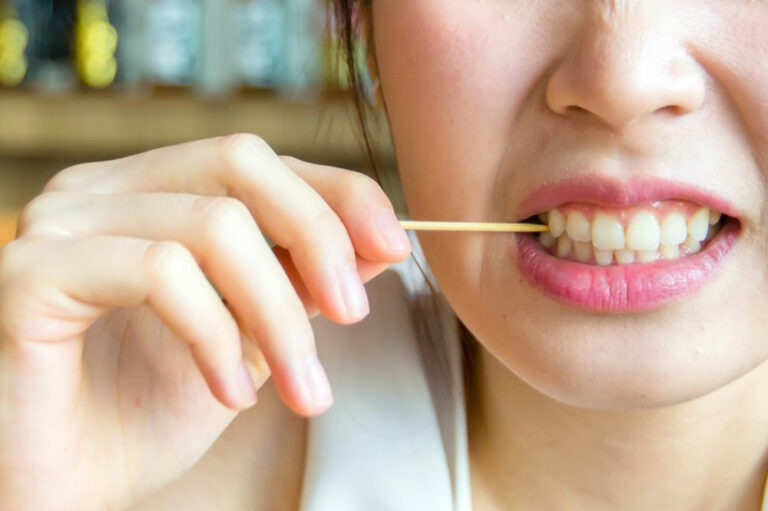
health
25 questions to ask a gastroenterologist
Gastroenterologists specialize in diagnosing and treating gastrointestinal (GI) or digestive conditions. These may occur anywhere along the digestive tract, such as the esophagus, stomach, gallbladder, pancreas, liver, intestines, colon, and rectum. Some common GI diseases include cirrhosis, Crohn’s Disease, GERD, irritable bowel syndrome, ulcerative colitis, pancreatitis, colon polyps, and certain forms of cancer. When visiting a gastroenterologist, having a list of questions for your doctor can help put your mind at ease. Seemingly uncomfortable questions to ask your gastroenterologist Diagnosis-related questions It is natural to be worried and imagine the worst scenarios before getting your diagnosis. Rather than continuing with that line of thought, it is advisable to ask your doctor questions like: What tests will be conducted to diagnose the condition? How should I better prepare for these tests? Are the tests conducted one after the other or simultaneously? How long will the results take, and do I visit you with the results? Are there any risks associated with these tests? Ailment-related questions Once you have gotten diagnosed, it is best to truly understand the condition by asking the following questions: What are the possible underlying causes of the condition? How will this condition affect my daily life? What symptoms should I watch out for? Are there any specific dos and don’ts to follow? Is this a chronic or recurring condition? What are the usual treatment options? What are the signs of a serious complication with this condition? Family-related questions In some cases, the disease can be hereditary or contagious. Thus, it is vital to know if any preventive measures can be taken by asking the questions below. Is this condition contagious? Can I infect others by being in close proximity or sharing items with them? What precautions can I take to avoid passing on this condition? Is this a hereditary condition?










